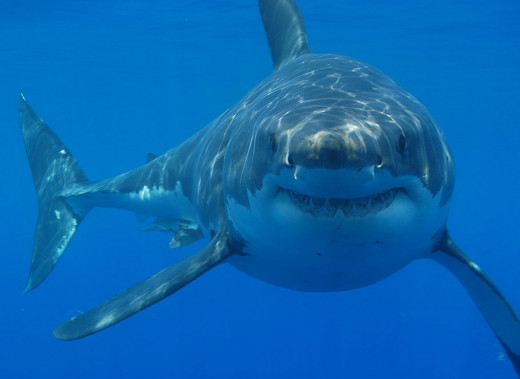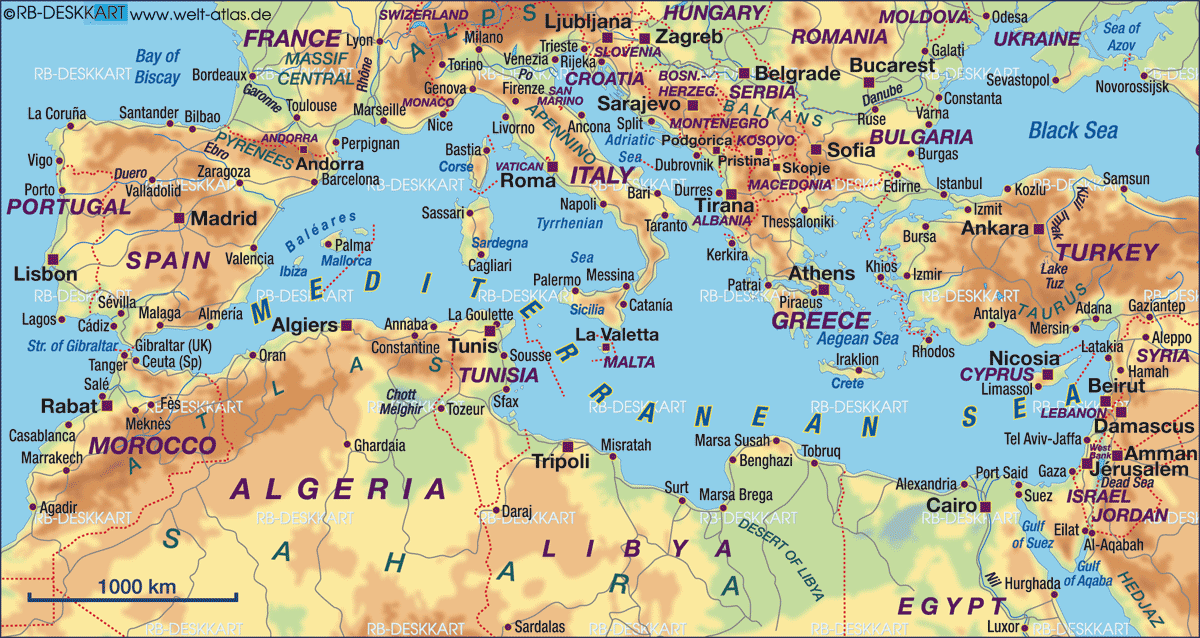- HubPages»
- Education and Science»
- Life Sciences»
- Endangered Species
Interesting facts and information about sharks

Dreaded around in the four corners of the world because of its notorious image as human attackers, the vicious sharks are in the brink of endangerment. According to International Shark Attack (ISAF), there are 81 shark attacks that was registered in 2010 but decreased to 75 in 2011. ISAF added that there are 12 recorded deaths in 2011 which is highest since 1993.
For the past 10 years, there is an average of 4.3 fatalities each year after sustaining fierce attacks by sharks. But the human’s attack on these ferocious hunters of the open sea is far more alarming and frightening. According to Pew Environment Group, up to 73 millions of sharks are slaughtered annually. These sharks are killed by slicing off their fins and thrown in the oceans and seas.
According marine neurologist to Ryan Keneyzker, “there are virtually no limits on how many sharks can be caught on the open seas… The International trade restrictions apply only to a handful of species, even though nearly one-third of the world’s sharks are threatened or near threatened with extinction.
The top predators in the seas and oceans, sharks play a crucial role in maintaining balance in our marine ecosystems. If these animals are continuously killed then great problems may arise, since the population of their prey will expected to shoot up and this will set the stage for the collapse of the marine ecosystems.
Here are some interesting and fascinating facts and information about the sharks:
- The first documented use of the word “shark,” was first seen last 1569. Prior to this the sharks were called “sea dog,” or “tiburon” (a Spanish word for shark).
- There are 1,046 shark and ray species that are scattered all over the world. Around 17% are considered to be threatened and 13% are near threatened.
- The sharks existed 400 million years ago.
- The great white sharks are observed to launch a very fast attack from below. Their grey color enables them to blend well with the ocean’s floor while they whip up a deadly ambush on their prey.
- The great white shark can reach a speed up to 40 km/hr which is the same as that of the speed of a racing greyhound.
- The swell shark (Cephalos Cyllium Ventriosum) is perhaps the only sea creature that can mimic the barking sound of a dog. They can do this by virtue of releasing air that is trapped on its stomach.
- The swell shark as what its name suggests, can actually double its size to look bigger and discourage predators by sucking air into its body.
- The swell sharks may sleep on top of each other.
- From 1580 to 2007, there were only 244 recorded unprovoked attacks on humans by the great white shark, only 65 of these resulted to deaths.
- Around 70 to 80 percent of dolphins experience shark attacks and bites. But amazingly the dolphins have the ability to stop the bleeding and regenerate blubber that was bitten out. An expert theorizes that dolphins have stem cells that can transform into whatever part of their part was bitten out. The dolphins also have the ability to sleep with one eye close while the other is open to detect approaching predator.
- The largest shark and animal in the planet is the whale shark (Rhincodon Typus) which measures from 18 to 20 meters. This gentle giant ironically thrives on tiny plankton.
- The smallest shark specie is the dwarf lantern shark (Etmoterus Perryi). This shark glows in the dark because of bio-luminescence just measure 17 cms.
- The jagged sharp tooth of a shark will only last for 7 days since it has no roots to anchor them in the gums. Fascinating as it is, a lost tooth will be replaced by another in just 24 hours.
- The sharks depending on types may have 5 to 15 rows of teeth on each jaw.
- The terrifying primitive shark, C. Megalodon, which measures 16 meters, is believed to have the strongest bite in history. The bite force of this ultimate predator of the deep may reach up to 18 tonnes, which is far greater than that of the Tyrannosaurus Rex which just has a bite force of 3 tonnes.
- Five shark cool names are the Australian weasel shark, barbell throat carpet shark, dwarf ornate wobbegone, megamouth shark and the phallic shark.
Source: Discovery Magazine
Here you have it some cool info about the sharks…
My 26th Hub in the HubChallenge
Thanks a lot for the read!








